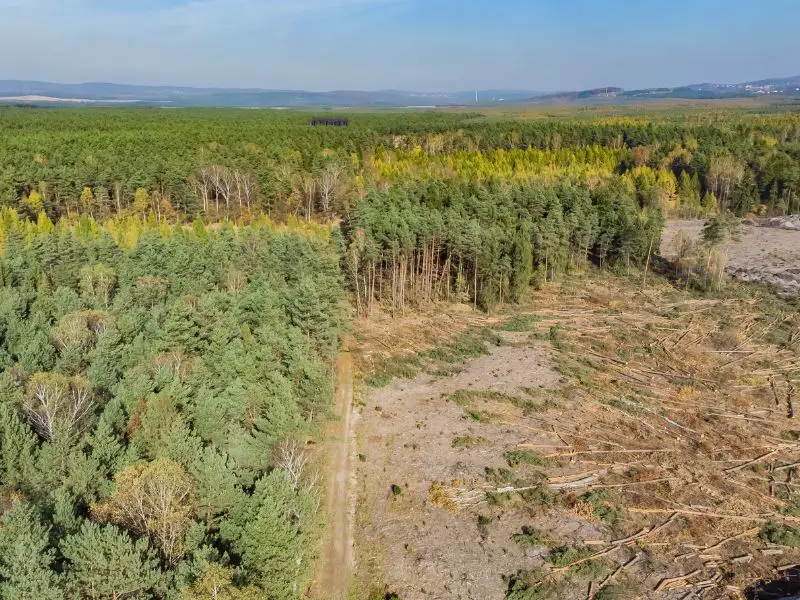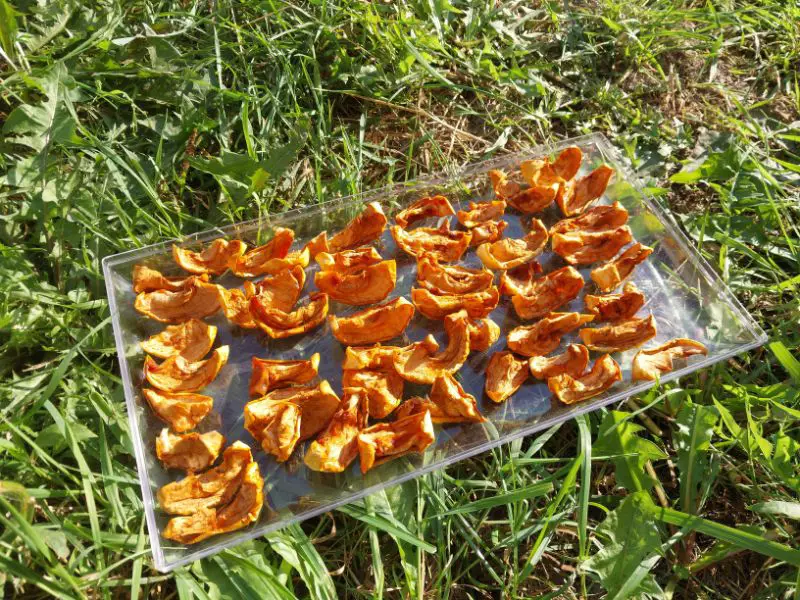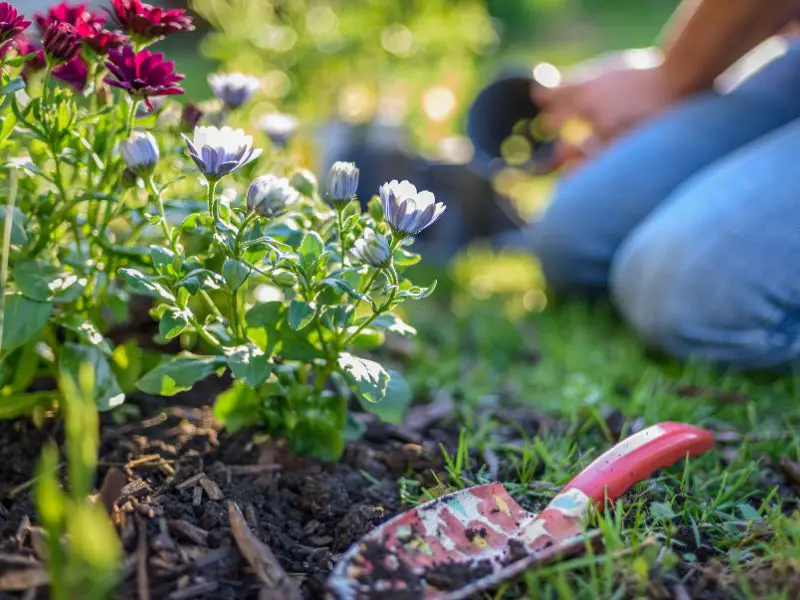Invasive species are plants and animals brought to foreign environments to colonize and outcompete native species. Invasive species often create an imbalance in ecosystems, leading to biodiversity loss, which is harmful to the environment.
Invasive species can cause disputes between the environment and humans. This article will give a more in-depth look at how they wreak havoc in the local environment and some things you can do to stop their spread.
Definition of Invasive Species
An invasive species is a non-native animal or plant that has the potential to inflict ecological or economic damage in a new habitat or territory where it does not belong.
However, not every non-native species is invasive. For instance, most food crops cultivated in the United States, including wheat and rice, are not indigenous to the area.

Characteristics of Invasive Species
For a species to be invasive, it must readily adapt to its new location or habitat, reproduce rapidly, and cause damage to property, the economy, or local plants and animals.
In their new environment and setting, invasive species often become predators, rivals, parasites, hybridizers, and pathogens for local plants and animals.
As a result, they are challenging to manage and control because they lack predation and disease, two essential elements that balance native plant and animal populations.
Invasive species may wreak havoc on the food web, ecology, and local environment.
Some characteristics of invasive species:
- Fast reproduction rate
- Rapid maturity and growth
- Strong capacity to spread out
- Little to no natural predators
- Strong adaptability
- Thrive well in different habitats and a variety of climates
- Capability to outcompete indigenous species
- Huge effort to control and manage
What Makes an Invasive Species So Destructive?
Invasive species are bad for the environment. They are one of nature’s most dangerous, long-lasting, and widespread threats.
Invasive species can hurt fish, animals, and crops, as well as the health of ecosystems, because they disturb natural communities and ecological processes and make it harder for people to use natural resources. This can hugely affect the economy and how ecosystems are spread out.
For instance, introducing a plant species that quickly spread in the agricultural sector might cause various issues for the existing crops.
Invasive plant species have the potential to spread new illnesses and draw in new agricultural pests, both of which may result in a decrease in crop yields and an increase in the number of pesticides used. Invasive plants can also impede the process of regeneration and growth.
This can severely hurt native species in that ecosystem because they must compete with new species to obtain common resources (food, water, shelter). Most invasive species do well in any conditions, and unlike native species, they don’t have any predators to keep their numbers in check.
Invasive species have a variety of consequences for the environment, community, and economy, as well as the diversity of life. Here are some of them.
Related: Invasive Species in Michigan, Invasive Species in Hawaii, Invasive Species in New York
Environment Impacts
Invasive species are capable of causing extensive harm to the natural environment.
Possible environmental effects are:
- Extinction of local species, more likely plants and animals.
- The destructive impact on biodiversity
- Permanently change habitats
- Impair soil quality
- Damage local ecosystem stability and function.
- Make it difficult to maintain a habitat for native plants and animals
- Other concerns include infestations of parasites and diseases that can affect humans negatively.
- Destabilize the food chain
- Spread parasites
Social Impacts
Invasive species can have a wide range of issues in society.
Possible social impacts include:
- Introduce diseases
- Kill crops or wildlife
- Destroy forests or wetlands
- Reduce air quality by contaminating water supplies
- Reduce property values by damaging parks and environmentally sensitive areas
- Reduce recreational land and water opportunities
- Cause a loss of income
- Raise the risk of food insecurity
- Put people’s and animals’ health at risk
- Reduced access to traditional foods and medicines

Economic Impacts
Economically costs can be huge for having invasive species up the ante.
Possible economic effects include:
- Injury to agricultural crops
- Bring down the overall output of the forestry, agricultural, and fishing industries
- Limits export and import trade
- Reduce property and land values
- Lower yield in the harvest season

How Are Invasive Species Introduced?
The most common ways invasive species are introduced to a new habitat is through the importation of humans, animals, and plants, contaminated ships or planes, and the accidental release of species or plants from a garden or parks. Over 90% of invasive species are initially introduced through human introduction.
Most of the time, people intentionally introduce invasive species as a means of pest management, but sometimes they are brought in as pets and unintentionally released, or plants are brought in for ornamental reasons and end up spreading (like in a garden)
The consequences of introducing invasive species on purpose are rarely thought through. Even for biologists, predicting how a species will respond to a new habitat is difficult.
What Can You Do to Help Stop the Spread?
The most effective method for combating invasive species is to avoid their introduction in the first place.
You can contribute to preventing the introduction and spread of invasive species. Help preserve native flora and animals by adhering to three simple recommendations.
1. Verify the Species You Want to Take Care Of
Make sure the plants you’re planning to put in your yard or garden aren’t going to spread to other areas. Swap out the invasive species in your yard with something more suitable. If you need assistance recognizing an invasive plant, consult the people at your nearby nursery.

2. When Going Boating, Be Sure to Give Your Boat a Thorough Cleaning
There’s nothing more enjoyable than spending the afternoon on the water, but make sure you don’t pick up any hitchhikers before you leave. Make sure to clean any mud or plants off your motorboat, kayak, paddle board, or scuba gear after you use it. And be thorough. Even small pieces of plants could have larvae of invasive species living in them.

3. Don’t Set Your Pet Free
Putting Nemo back into the ocean may seem like the kind thing to do, but letting pets go back into the wild is a massive problem for ecosystems. Even something innocent as a goldfish can upset local food chains. This is possible by:
- Transmitting parasites and exotic illnesses
- Upsetting local food webs by feeding on fish eggs and tiny invertebrates
- Promoting excess algae growth by digging up plants and releasing nutrients

Author’s Note
Invasive species can alter the balance of nature, sometimes with devastating effects. The effects of invasive species are not reversible. Preventing their establishment in the first place is the best option. We must protect our ecosystems from invasive species. If we prevent invasive species from infesting our ecosystems, we can ensure that our local environment remains healthy and flourishing.

